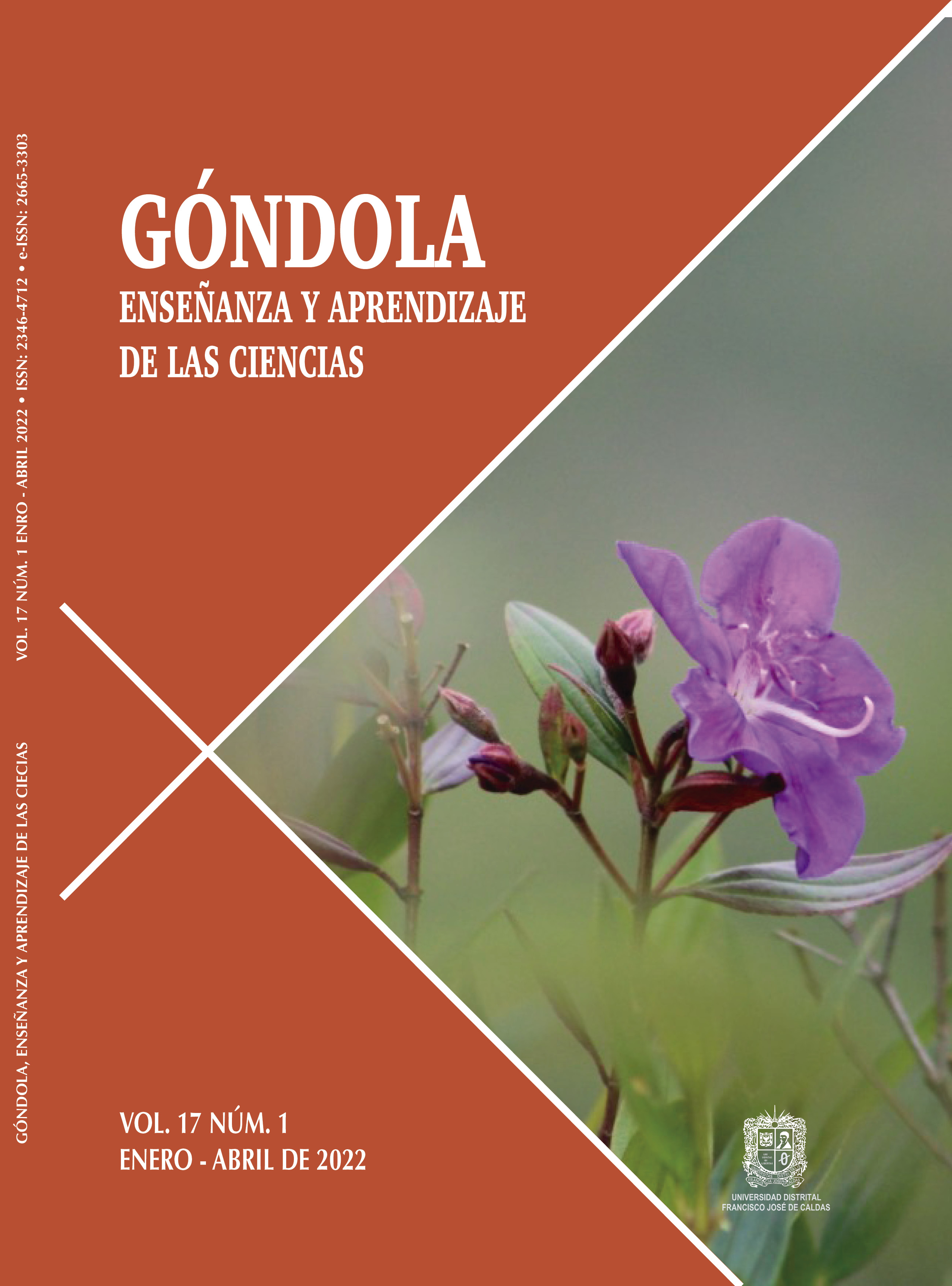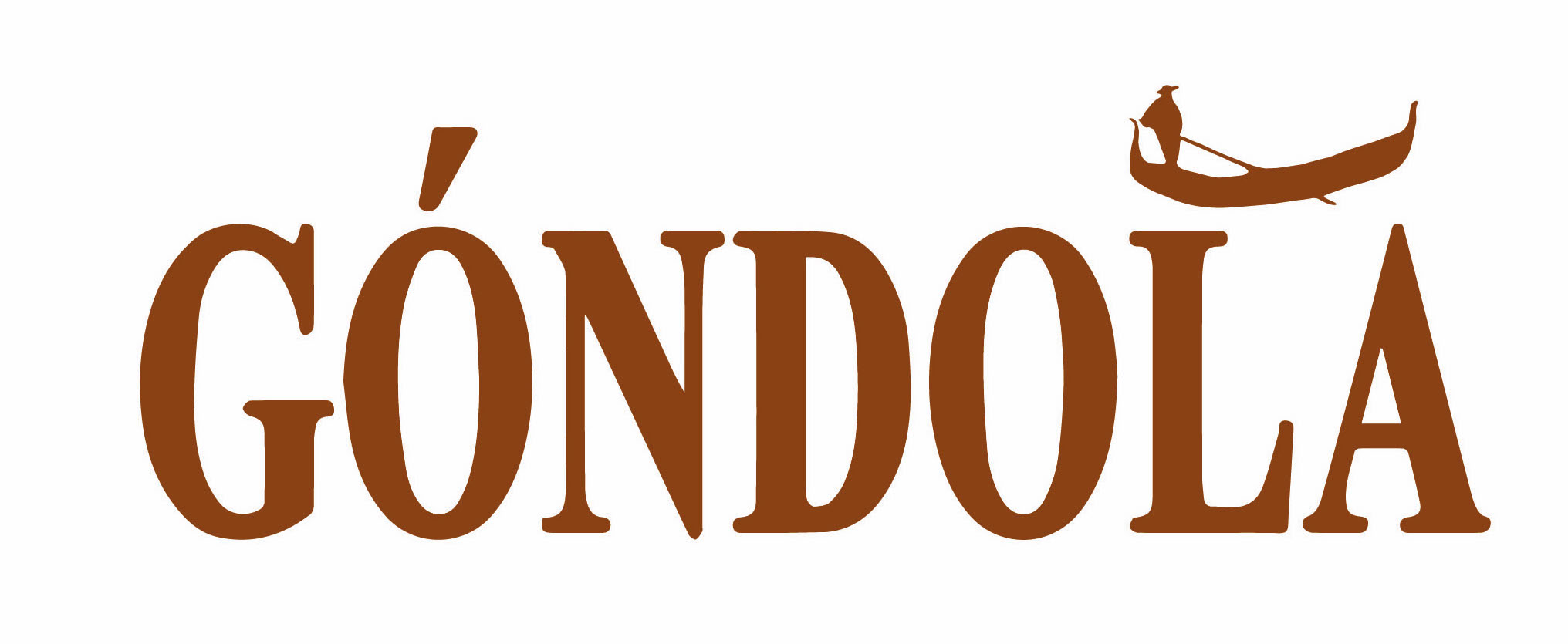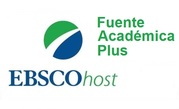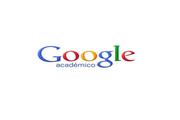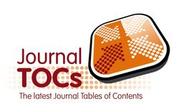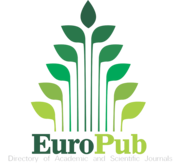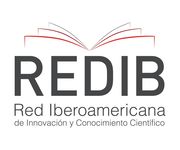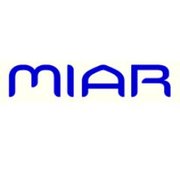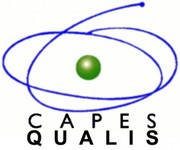DOI:
https://doi.org/10.14483/23464712.16531Published:
2022-05-01La Estrategia De Escribir Para Aprender: El Caso Del Equilibrio Químico
The Strategy of Writing to Learn: The Case of Chemical Equilibrium
A Estratégia de Escrever para Aprender: O Caso do Equilíbrio Químico
Keywords:
Reading, Writing, Orality, Learning community, Chemical balance (en).Keywords:
Lectura, Escritura, Oralidad, Comunidad de aprendizaje, Equilibrio Químico (es).Downloads
Abstract (es)
Diversos estudios han mostrado que la enseñanza de las ciencias esta centrada en el profesor y la disciplina, donde realizan tareas rutinarias y de bajo nivel cognitivo. Para compensar lo anterior, diferentes investigaciones han revelado la importancia que tiene la introducción del lenguaje al aula como una herramienta de pensamiento y aprendizaje de los contenidos científicos. De ahí que, este estudio estudió la incidencia de la estrategia de escribir para aprender como un mediador en la comprensión de la química, así como documentar y representar la comprensión de la disciplina medida por la introducción de dicha estrategia, específicamente, en el concepto del equilibrio químico, con estudiantes de grado undécimo. Se usó una metodología de enfoque mixto por estudio de caso, donde se manejaron dos fases; cuantitativa y cualitativa. Para la primera, se utilizó como instrumento de recolección de información un test, y para la segunda, la observación, notas de campo, videos, documentos de los estudiantes y entrevistas. Los datos cuantitativos se analizaron utilizando el estadístico de ganancia de aprendizaje de Hake, y, los datos cualitativos por medio del software ATLAS.ti con el fin de construir teoría, la cual se trianguló con los resultados del estadístico. Los resultados nos muestran cuatro generalizaciones naturalísticas que permitieron crear una teoría del caso, evidenciando una incidencia positiva en el aprendizaje del concepto estudiado.
Abstract (en)
Several studies have shown that science teaching revolves around the teacher and the discipline, where they perform routine tasks with a low cognitive level. To compensate for the above, different investigations have revealed the importance of introducing language into the classroom as a tool for thinking and learning scientific content. It is a study of the incidence using the strategy of writing to learn as a mediator in the understanding of chemistry, as well as, documenting and representing the comprehension of the discipline measured by the introduction of this strategy, specifically, in the concept of chemical equilibrium, with eleventh-grade students. It is a mixed approach methodology in the case study type, developing two phases; quantitative and qualitative. Firstly, was applied a test, as data collection instrument, and secondly, observation, field notes, videos, student documents, and interviews. Quantitative data were analyzed using the Hake learning to gain statistics and, qualitative data using the ATLAS.ti software to build theory, triangulated with information’s statistics. Results show four naturalistic generalizations that allowed us to create a theory of the case, evidencing positive impact learning the concept under study.
Abstract (pt)
Vários estudos mostraram que o ensino da ciência é centrado no professor e na disciplina, onde realizam tarefas rotineiras e de baixo nível cognitivo. Para compensar o que precede, diferentes investigações revelaram a importância da introdução da linguagem na sala de aula como uma ferramenta para pensar e aprender conteúdo científico. Assim, este estudo teve como objetivo identificar a incidência da estratégia de escrita para aprender como mediador na compreensão da química, bem como para documentar e representar a compreensão da disciplina medida pela introdução explícita da referida estratégia, especificamente, na Conceito de equilíbrio químico em alunos da décima primeira série. Nesse sentido, uma metodologia de abordagem mista foi utilizada por estudo de caso, onde foram tratadas duas fases quantitativas e qualitativas, para a primeira, um teste foi utilizado como instrumento de coleta de dados e, para o segundo, observação, notas de campo , vídeos, documentos estudantis e entrevistas. Os dados quantitativos foram analisados utilizando a estatística de ganhos de aprendizado de pescada e os dados qualitativos através do software ATLAS.ti para construir teoria, que foi triangulada com os resultados da estatística e, portanto, resolve o problema, finalmente obtendo quatro generalizações naturalistas que permitiram criar uma teoria do caso, evidenciando um impacto positivo na aprendizagem do conceito estudado.
References
ALBAYERO, M. S., TEJADA, M., & CERRITOS, J. D. J. (2020). Una aproximación teórica para la aplicación de la metodología del enfoque mixto en la investigación en enfermería. Entorno, (69), 45-50. https://doi.org/10.5377/entorno.v0i69.9562
https://doi.org/10.5377/entorno.v0i69.9562
APPLEBEE, A.N. Learning to write in the secondary school (Final Report). 270. Stanford Univ., CA. School of Education. Re-Armbruster. 1983.
BIELACZYC, K., & COLLINS, A. Learning communities in classrooms: A reconceptualization of educational practice. Instructional-design theories and models: A new paradigm of instructional theory, 2, Boston: Inglaterra. 1999. 269-292.
CAMPANARIO, J. M., & BALLESTEROS, R. A short program for teaching chemical equilibrium. Journal of Computers in Mathematics and Science Teaching, 10(2), 87-94. 1991.
https://doi.org/10.1093/teamat/10.2.94-a
CASSANY, D. La mediación lingüística: ¿una nueva profesión? Terminómetro, 2 [Número especial: La terminología en España], 62-63. (1996).
ERICKSON, G. L., & MacKinnon, A. M. Seeing classrooms in new ways: On becoming a science teacher. The reflective turn: Case studies in and on educational practice, 15-36. 1991.
GARAY, A.; CANDELA, B. & VIÁFARA, R. Teorías del diseño instruccional y los objetos de aprendizaje: El caso del equilibrio químico dinámico. Universidad del Valle. 2015.
GLYNN, S. M. & MUTH, K. D. Reading and writing to learn science: Achieving scientific literacy. Journal of research in science teaching, 31(9), 1057-1073. 1994.
https://doi.org/10.1002/tea.3660310915
GREENBOWE, T. J.; RUDD, J. A., & HAND, B. M. Using the science writing heuristic to improve students' understanding of general equilibrium. Journal of Chemical Education, 84(12), 2007.
https://doi.org/10.1021/ed084p2007
HAKE, R. R. Interactive engagement versus traditional methods: A six-thousand-student survey of mechanic's test data for introductory physics courses. American journal of Physics, 66(1), 64-74. (1998).
https://doi.org/10.1119/1.18809
HALLIDAY, W. G.; YORE, L. D., & ALVERMANN, D. E. The reading-science learning-writing connection: Breakthroughs, barriers, and promises. Journal of research in science teaching, 31(9), 877-893. 1994.
https://doi.org/10.1002/tea.3660310905
HOHENSHELL, L. M. & HAND, B. Writing‐to‐learn Strategies in Secondary School Cell Biology: A mixed method study. International Journal of Science Education, 28(2-3), 261-289. 2006.
https://doi.org/10.1080/09500690500336965
KEYS, C. W.; HAND, B., PRAIN, V., & COLLINS, S. Using the science writing heuristic as a tool for learning from laboratory investigations in secondary science. Journal of research in science Teaching, 36(10), 1065-1084. 1999.
https://doi.org/10.1002/(SICI)1098-2736(199912)36:10<1065::AID-TEA2>3.0.CO;2-I
KINTSCH, W. Learning from text. Cognition and Instruction, 3, 87-108. 1986.
https://doi.org/10.1207/s1532690xci0302_1
PERKINS, D. N. & UNGER, C. Teaching and learning for understanding. Instructional-design theories and models: A new paradigm of instructional theory, 2, 91-114. 1999.
PRAIN, V. & HAND, B. Writing for learning in secondary science: Rethinking practices. Teaching and Teacher Education, 12(6), 609-626. 1996.
https://doi.org/10.1016/S0742-051X(96)00003-0
RIVARD, L. O. P. A review of writing to learn in science: Implications for practice and research. Journal of Research in Science Teaching, 31(9), 969-983. 1994.
https://doi.org/10.1002/tea.3660310910
RIVARD, L. P. & STRAW, S. W. The effect of talk and writing on learning science: An exploratory study. Science & Education, 84, 566-593. 2000.
https://doi.org/10.1002/1098-237X(200009)84:5<566::AID-SCE2>3.0.CO;2-U
ROTH, K. J. Developing meaningful conceptual understanding in science. Dimensions of thinking and cognitive instruction, 139-175. (1990).
ROWELL, P. M. Learning in school science: The promises and practices of writing. 1997.
https://doi.org/10.1080/03057269708560102
SANTA, C.M. & HAVENS, L.T. Learning through writing. In C.M. Santa & D.E. Alvermann (Eds.), Science learning: Processes and applications (pp. 122- 133). Newark, DE: International Reading Association. 1991.
STRAUSS, A. & CORBIN, J. Bases de la investigación cualitativa. Técnicas y procedimientos para desarrollar la teoría fundamentada. Traducida por Eva Zimmerman de Medellín: Editorial Universidad de Antioquia, Facultad de enfermería (Trabajo original publicado en 1990). 2002.
STAKE, R. E. (1998). Investigación con estudio de casos. Ediciones Morata.
How to Cite
APA
ACM
ACS
ABNT
Chicago
Harvard
IEEE
MLA
Turabian
Vancouver
Download Citation
License
Copyright (c) 2022 Autor y Góndola. Enseñanza y Aprendizaje de las Ciencias

This work is licensed under a Creative Commons Attribution-NonCommercial-NoDerivatives 4.0 International License.
Gondola, Ens Aprend Cienc. is an open-access publication, free of charge for authors and readers. The publication, consultation or download of the contents of the magazine does not generate any cost for the authors or the readers, since the Francisco José de Caldas District University assumes the expenses related to edition, management and publication. The peer evaluators do not receive any economic retribution for their valuable contribution. The work of all the actors mentioned above is understood as a contribution to the strengthening and growth of the research community in the field of Science Education.
As of December 1, 2018 the contents of the journal are published under the terms of the Creative Commons License Attribution-Noncommercial- ShareAlike 4.0 International (CC-BY-NC-SA 4.0), under which others may distribute, remix, retouch, and create from the work in a non-commercial way, give credit and license their new creations under the same conditions.
The copyright holders are the authors and the journal Gondola, Ens Aprend Cienc. The holders retain all rights without restrictions, respecting the terms of the license in terms of consultation, downloading and distribution of the material.
When the work or any of its elements is in the public domain according to the applicable law in force, this situation will not be affected by the license.
Likewise, we encourage authors to deposit their contributions in other institutional and thematic repositories, with the certainty that culture and knowledge is a good of all and for all.

